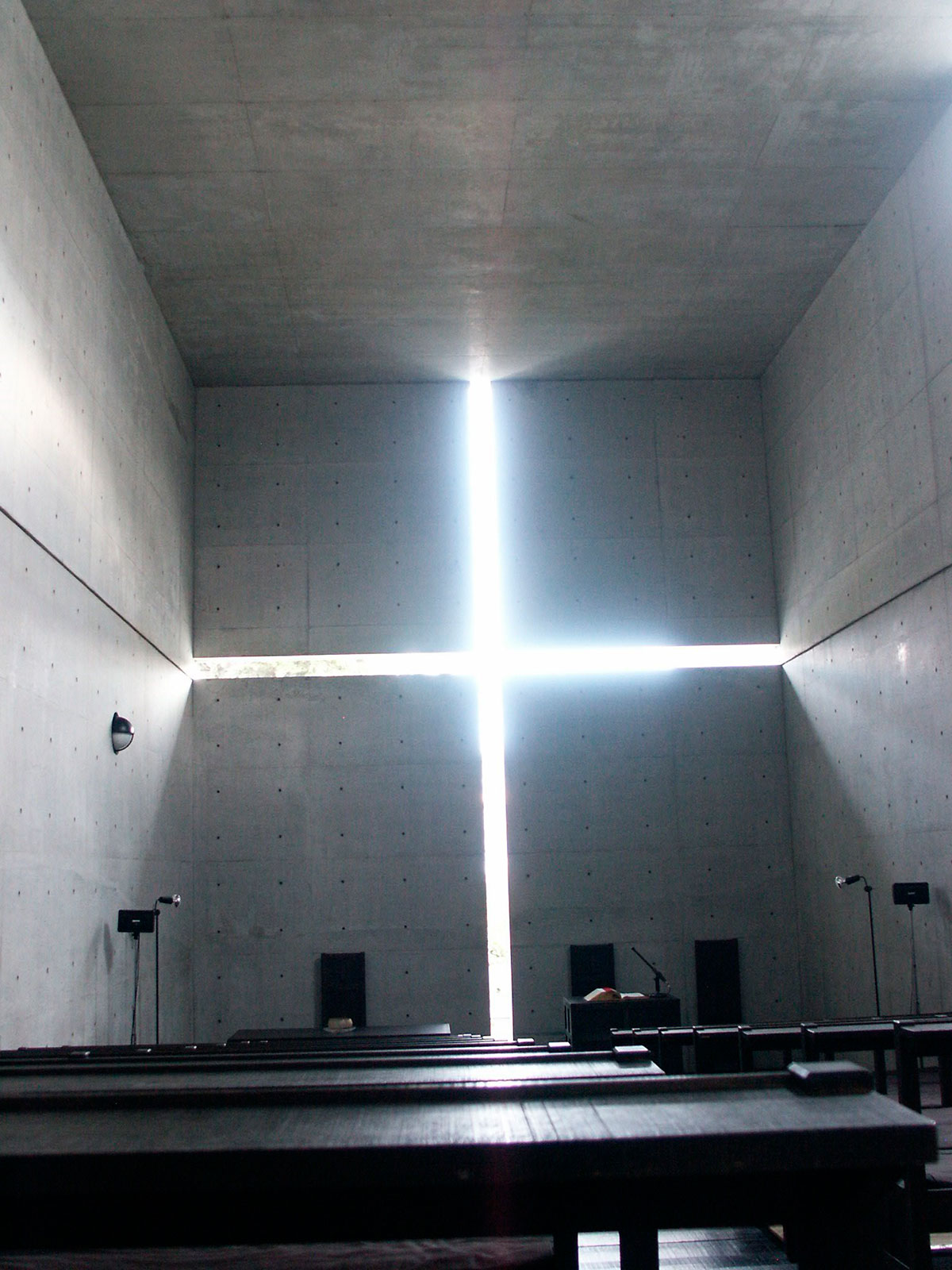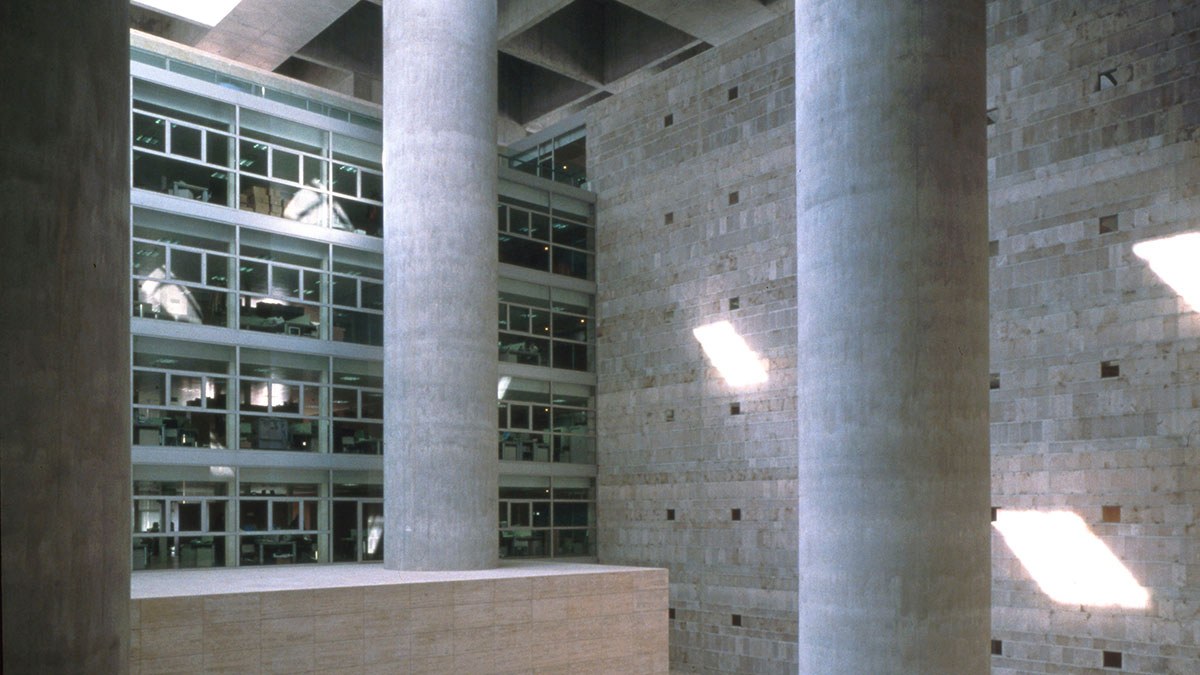Light in architecture defines the perception of spaces, volumes and textures. Its correct integration, whether natural or artificial light, is a determining factor in the creation of functional, aesthetic and comfortable environments.
Making the most of natural light in architecture
The orientation of the building is key to maximising the flow of natural light, so as to reduce the building’s energy consumption and guarantee the quality of indoor lighting. In this respect, obviously, the location and size of windows and openings plays a crucial role; they determine the amount and direction of light.
Relationship of light and materials in architecture
The building materials used in interior surfaces influence the distribution of light. Light, reflective finishes amplify light, while dark materials tend to absorb it. In addition, the control of natural light by means of elements such as blinds, awnings or eaves is important to modulate its entry and adjust it in accordance with thermal and visual comfort.

By Bergmann - CC BY-SA 3.0
Artificial lighting in architecture
Artificial lighting complements natural lighting when the latter is insufficient or absent. Its main advantage is the total control we have over its quantity, direction and intensity, which allows us to create different atmospheres according to the needs of the space and the time of day. With the advent of LED technology, significant energy savings have been achieved.
What architects say about light
Many architects recognise the importance of light in architectural design. Louis Kahn, for example, states that ‘light is what shapes spaces’. Steven Holl, on the other hand, states that ‘space is meaningless without light’, and that ‘a building speaks through the silence of perception orchestrated by light’. For his part, Alberto Campo Baeza asserts that ‘light is the most luxurious material that exists’.

By Pirje Mykkänen - CC BY 2.0
Some examples of the effect of light in architecture
Landmark architectural projects, such as the contemporary art museum The Kiasma House (1998) in Helsinki, Finland, designed by Steven Holl, and Tadao Ando’s Church of Light (1989) in Osaka, Japan, are notable examples of the masterful use of natural light. The environments they have created elevate user experience and enrich the architecture itself.
By Guillermo Ferrer, Senior Architect in Amusement Logic’s Architecture Department






